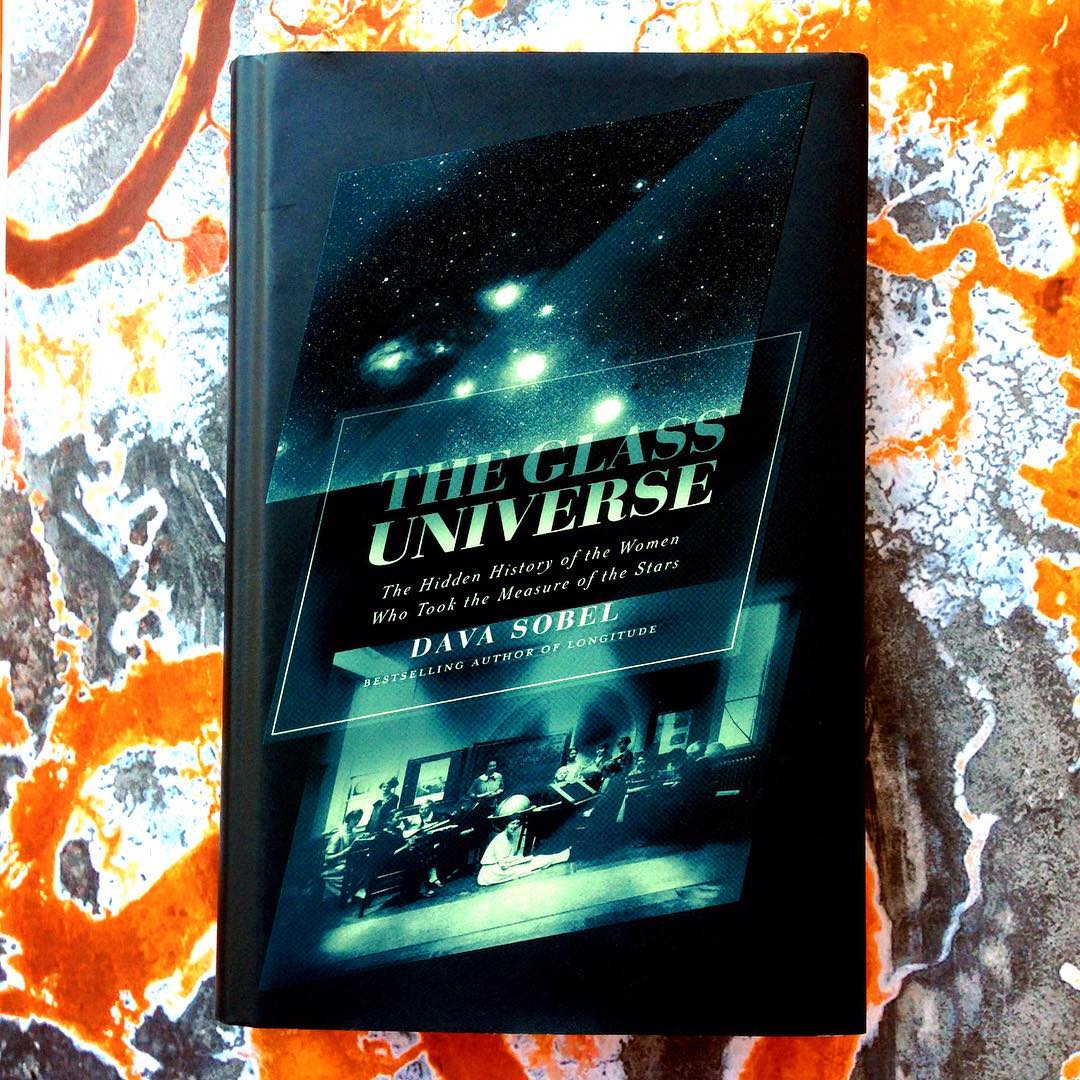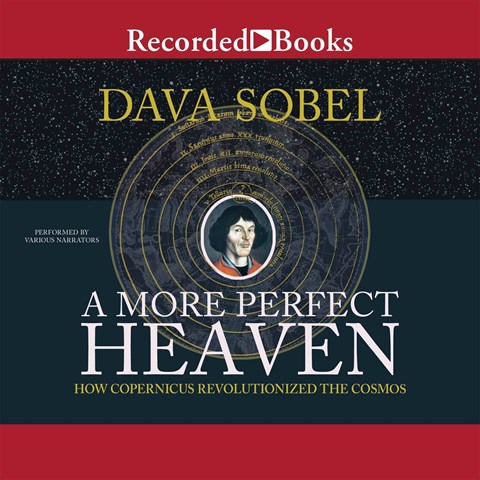


Around this time, Anna Draper, the widow of the wealthy physician and astronomy enthusiast Henry Draper, set up a patronage fund to complete the Henry Draper Catalog, which sought to map and classify every star in the sky. In 1896, Pickering hired Cannon as one of his human computers working under Fleming. After a bout of scarlet fever that left her nearly deaf, Cannon chose to immerse herself in her work as a physicist and photographer. Sobel also details the life and accomplishments of Annie Jump Cannon.

"And this is considered an enlightened age!" she wrote.

Fleming also noted in her diary that her annual salary of $1,500 was far below the $2,500 salary paid to male astronomers holding similar positions. Despite these accomplishments, Fleming did not receive credit in scientific literature for her discoveries until 1908. In total, Fleming discovered 59 nebulae, 310 variable stars, and 10 novae. Fleming’s other achievements include her discovery in 1888 of the iconic Horsehead Nebula found in Orion's Belt and her discovery of the first-ever white dwarf, a stellar core remnant made up of electron-degenerate matter. This system came to be known as the Pickering-Fleming system. Over the next decade, Fleming devised a new system of classifying stars based on the amount of hydrogen found in their spectra. She later became known as the first of the "Harvard Computers," a group of women tasked with computing mathematical classifications of the stars and editing the observatory's scientific journal publications. He famously exclaimed, "My Scottish maid could do better!" Then in 1881, Pickering made good on his exclamation, hiring his maid, Williamina Fleming, to assist him in cataloging the data. Compiling and computing this data, however, amounted to an enormous, difficult, and tedious undertaking Pickering believed that the men working under him were not up to the task. While there, he captured spectral data on stars with an unprecedented level of detail by projecting photographic images onto glass plates. In 1877, the physicist Edward Charles Pickering became the director of the Harvard College Observatory. In doing work that "no man would stoop to," these women made vital contributions to the field of astronomy and human knowledge in general at a time when opportunities for females in science were rare. American author Dava Sobel’s non-fiction book, The Glass Universe: How the Ladies of the Harvard Observatory Took a Measure of the Stars (2016), chronicles the efforts of various woman in the late nineteenth and early twentieth centuries to catalog and classify data about stars from photographs captured on thousands of glass plates.


 0 kommentar(er)
0 kommentar(er)
